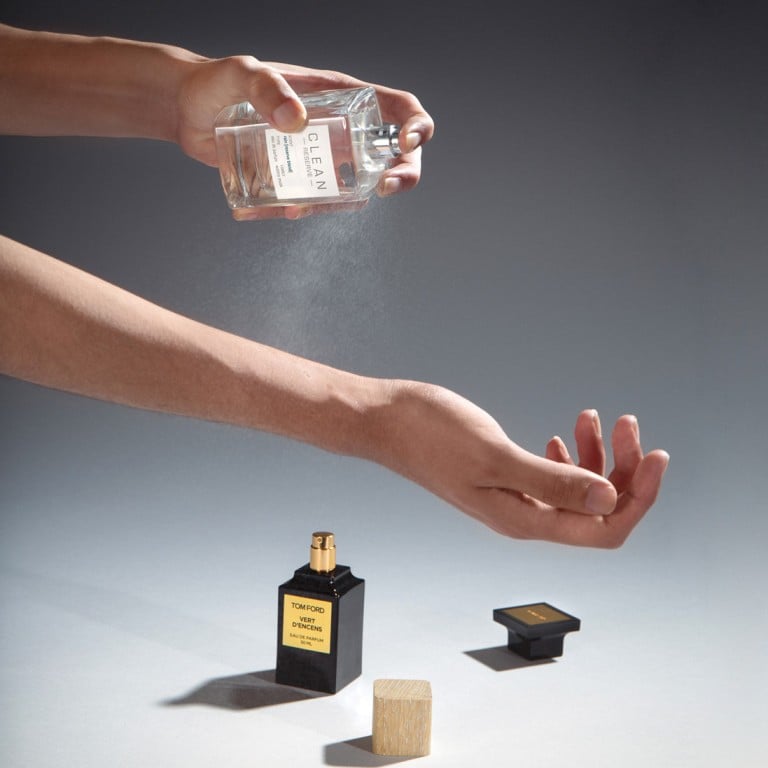
Explainer | Perfume experts on layering scents to create something that’s unique to you
- Creating a signature scent does not have to be a complex business, say experts – even using a single perfume on your bare skin can result in a unique smell
- For something with more depth, different fragrances can be layered together to ‘create a new olfactory combination that works for you’
Perfume, unlike make-up or skincare, can become something of an invisible trademark that is intrinsically linked to us.
That may explain why some scents can easily bring to mind certain memories and subconsciously trigger emotions – something known as “the Proust effect”.
It is why smell, and our perception of it, is so personal and why so many people are layering their perfume to come up with distinctive, unique scents.
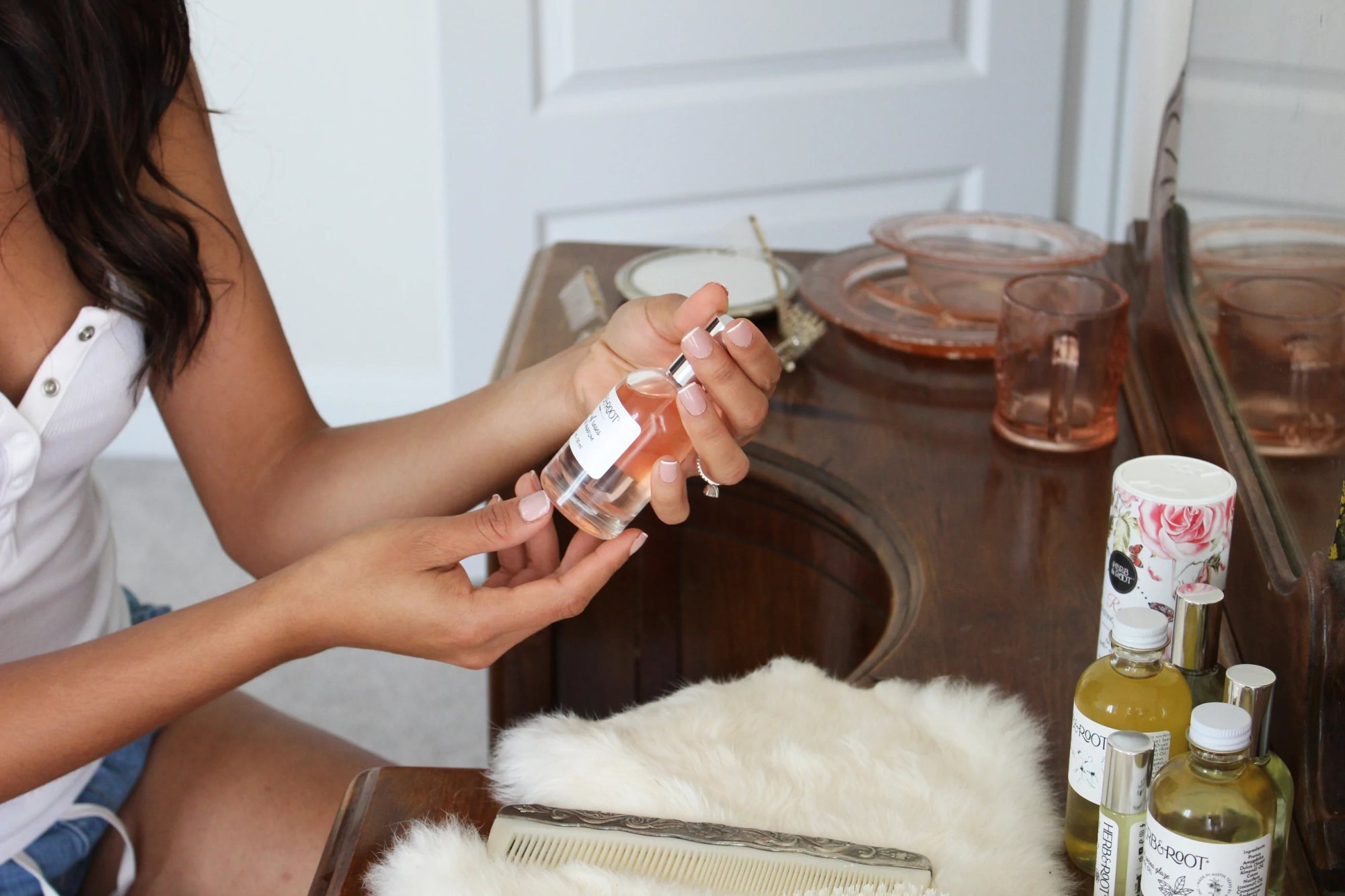
What is fragrance layering?
While not new, fragrance layering – also known as scent mixing or fragrance cocktailing – is a technique that allows you to personalise your signature scent.
Why do hotels smell so good and who creates that ‘signature scent’?
“Each body has a particular smell, absolutely personal,” Ernesto Collado, master perfumer and founder of fragrance brand Bravanariz, explains. “Each [person’s] skin has its own bacterial layer and pH [value].
“That plays an important role in the final result of spraying perfume. Just using one perfume on you[r body] is already [considered] fragrance layering.”
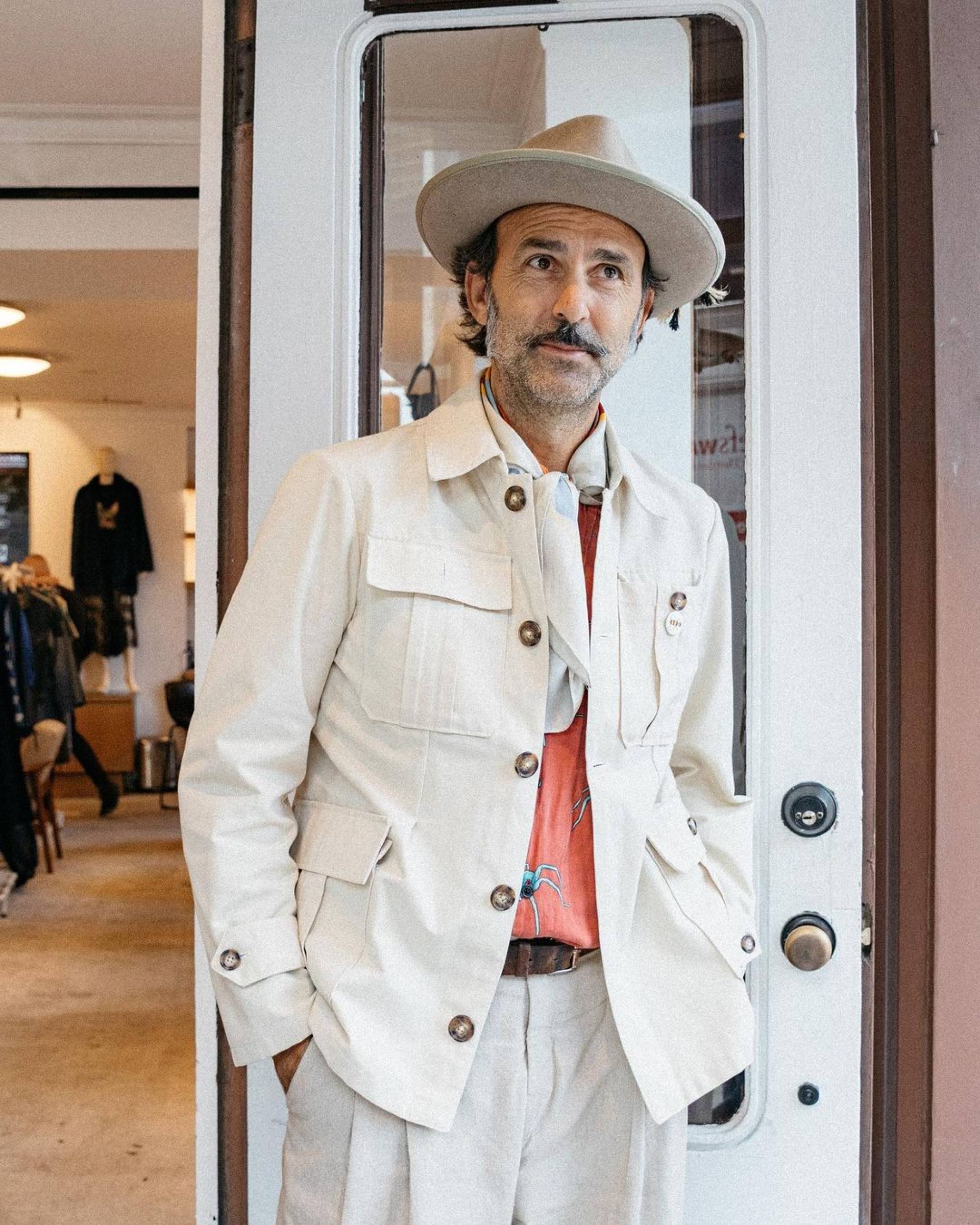
Fragrance layering does not necessarily mean spraying two perfumes directly on top of each other.
“You can also spray different fragrances on different parts of your body,” Collado says. “The idea is to create a new olfactory combination that works for you.”
You can experiment with different fragrance formats besides perfume, such as body lotions, oils and creams.
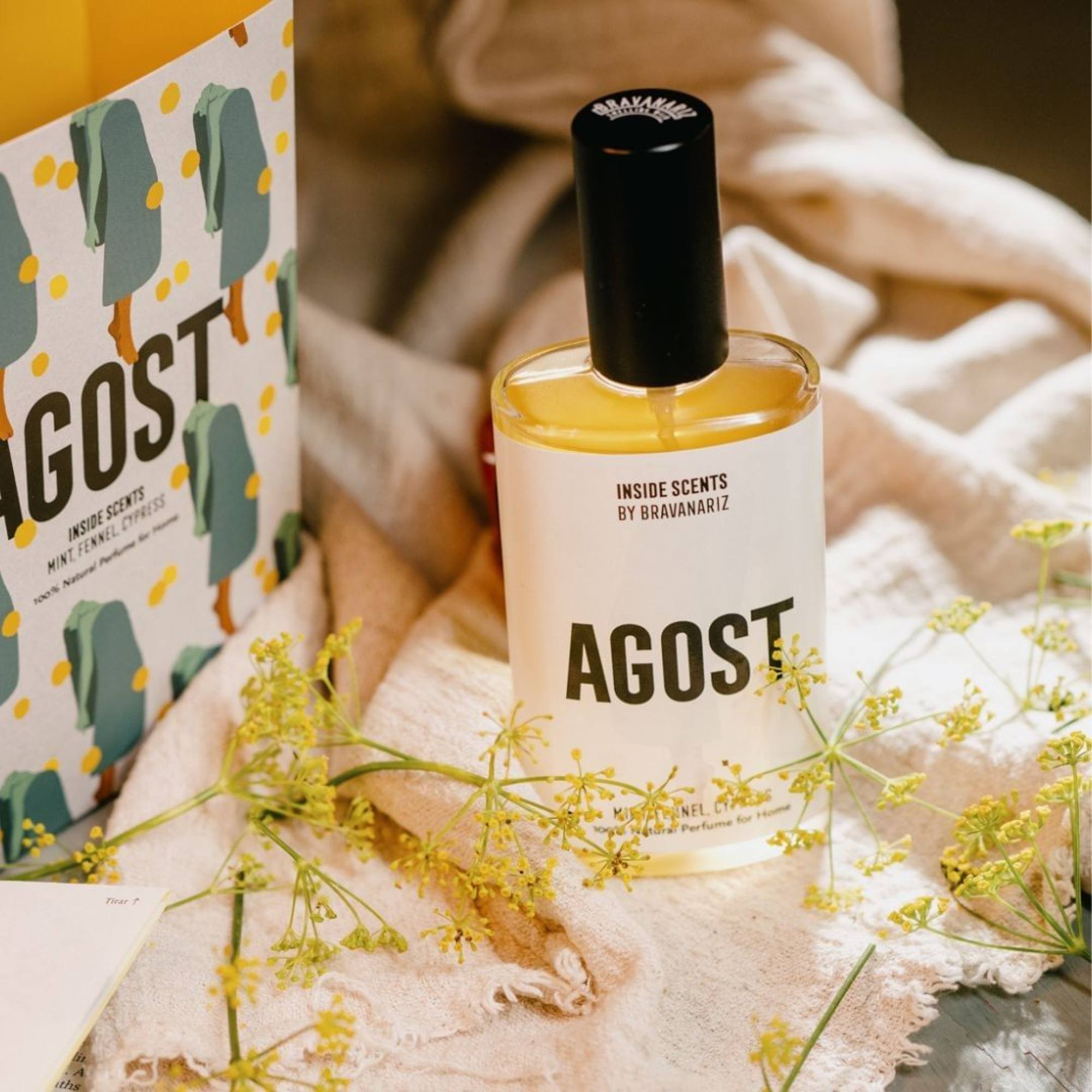
The benefits of layering scents
The power of customisation is by far the most significant benefit scent layering can offer. “Custom scents capture the personality of an individual,” Laurice Rahmé, founder and CEO of fragrance company Bond No. 9, told online platform Byrdie.
“It allows [them] to whip up their own scent blends whenever the mood suits them.”
How luxury Chinese perfumes are riding the ‘China cool’ wave
While some fragrance houses, perfume designers and brands embrace the technique and encourage customers to layer, artistic perfume developers hold a different perspective.
Pauline Lau, founder and managing director of supplier Parfumerie Trésor in Hong Kong, explains that, while straightforward fragrances can be layered to add complexity and depth, she does not suggest layering perfumes when they are artistic.
“As commercial perfumes […] are generally more straightforward and direct, the scents usually are not as complex and easily controlled, therefore [we would suggest doing layering],” she says.
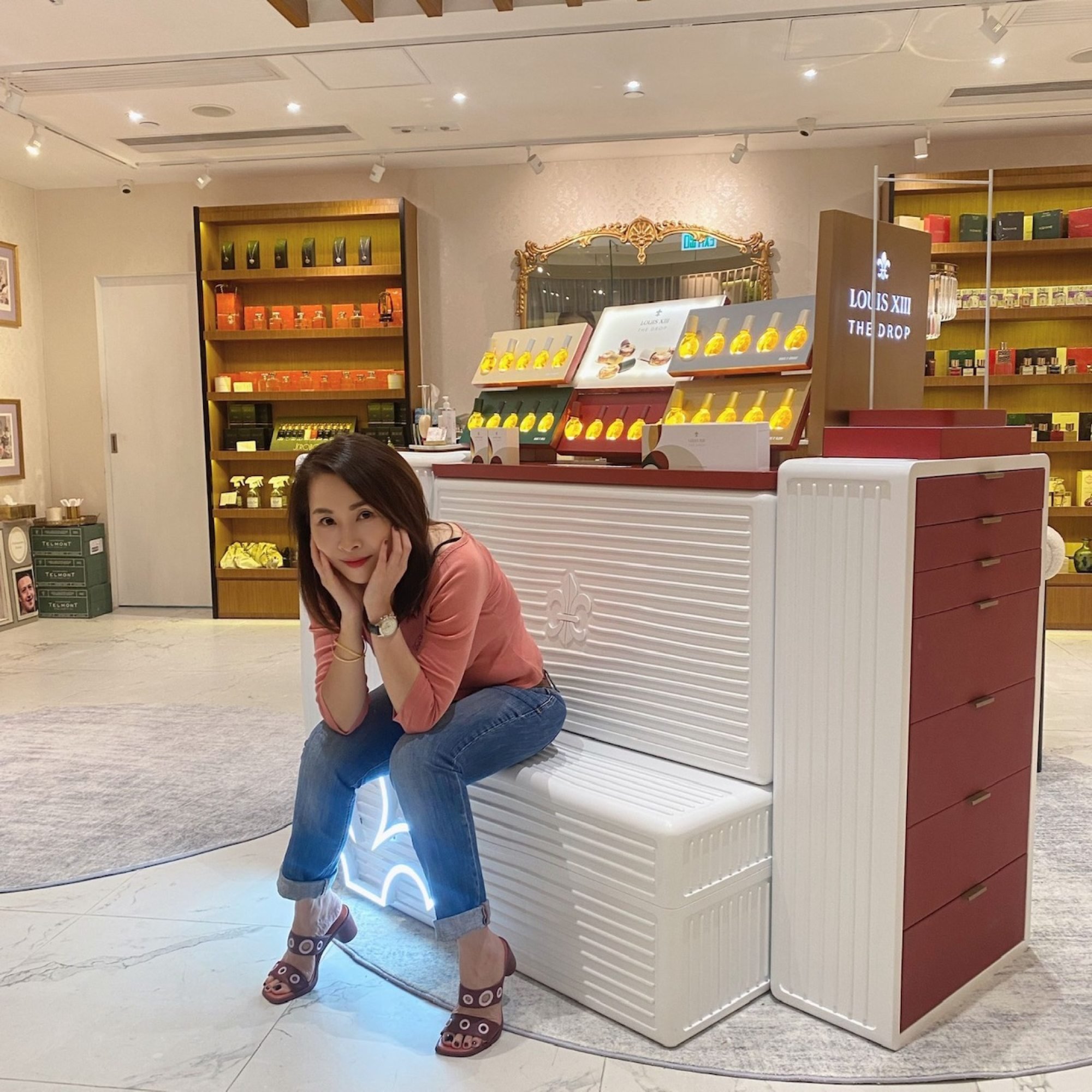
“This is because artistic perfumes can be affected by our skin’s temperature, humidity and our skin’s pH level. We, as individuals, bring out different parts of the complexity of artistic perfumes,” Lau says, echoing Collado.
However, if someone still wants to give it a try, she recommends using “a really good quality musk/amber as seasoning”, as these two ingredients are widely used for luxury perfumes and help make the olfactory experience more dazzling.
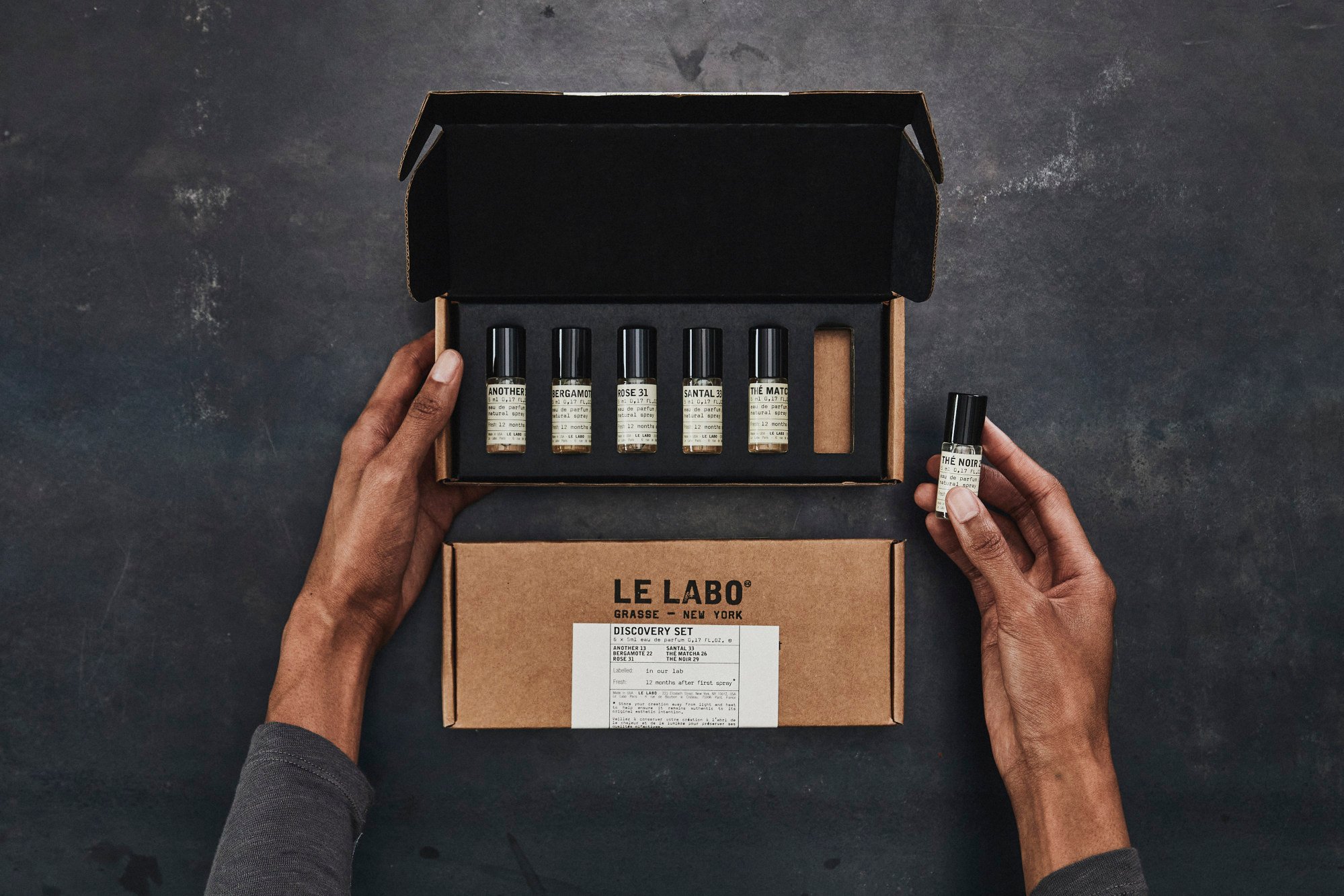
How to layer properly
While there is no one-size-fits-all solution, there are some rules of thumb that may make it easier for you to pick and mix the right aromas.
First of all, it is important to know that perfumes are usually divided into seven scent families: floral, spicy, citrus, woody, fruity, aquatic and gourmand.

If you are a newbie, it may be easier to get started by mixing scents within the same category or with similar features. As you begin to understand the different notes, you can become more experimental.
“I find it absurd to put limitations [on] a practice that should give you all the freedom to experiment, play and discover,” Collado says. “Perfumers already have their limitations when creating a perfume. So just try and surprise yourself and others, and learn on the way.”
You can either combine perfumes by spraying one on top of the other or begin with a scented lotion before getting dressed.
You can layer by spraying different scents on various parts of your body as well; just keep in mind that, as a general rule, it is best to apply creams and lotions first, then oils and alcohol-based fragrances at the very end.
Lau suggests testing somewhere other than your body at first. “Try mixing on blotter paper first before experimenting on your own skin,” she says. “Otherwise, you might need to take a shower to wash away the possible odd scent on your body from the experimentation of mixing scents.”

If your goal is to help your favourite perfume linger on your body longer, an option is to find a single-note scent to layer underneath.
For a citrus fragrance, for example, you could add a layer of cedarwood or sandalwood to boost its longevity. Musk-based scents may also be an excellent addition to your collection, as they pair well with most families and can add depth to pretty much any aroma.
Collado advises layering colognes or eau de colognes, as high-concentration perfumes may be too powerful, creating an overwhelming scent.
“Take your time, let the mixture rest and don’t rush. Wait until the middle notes arise. And consider your body. Not all parts smell the same way. So experiment also with that.”

